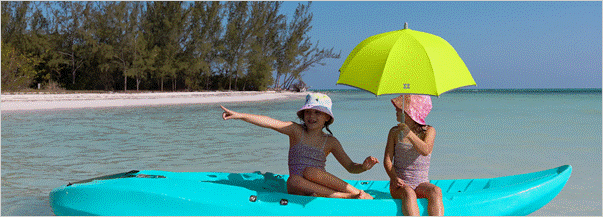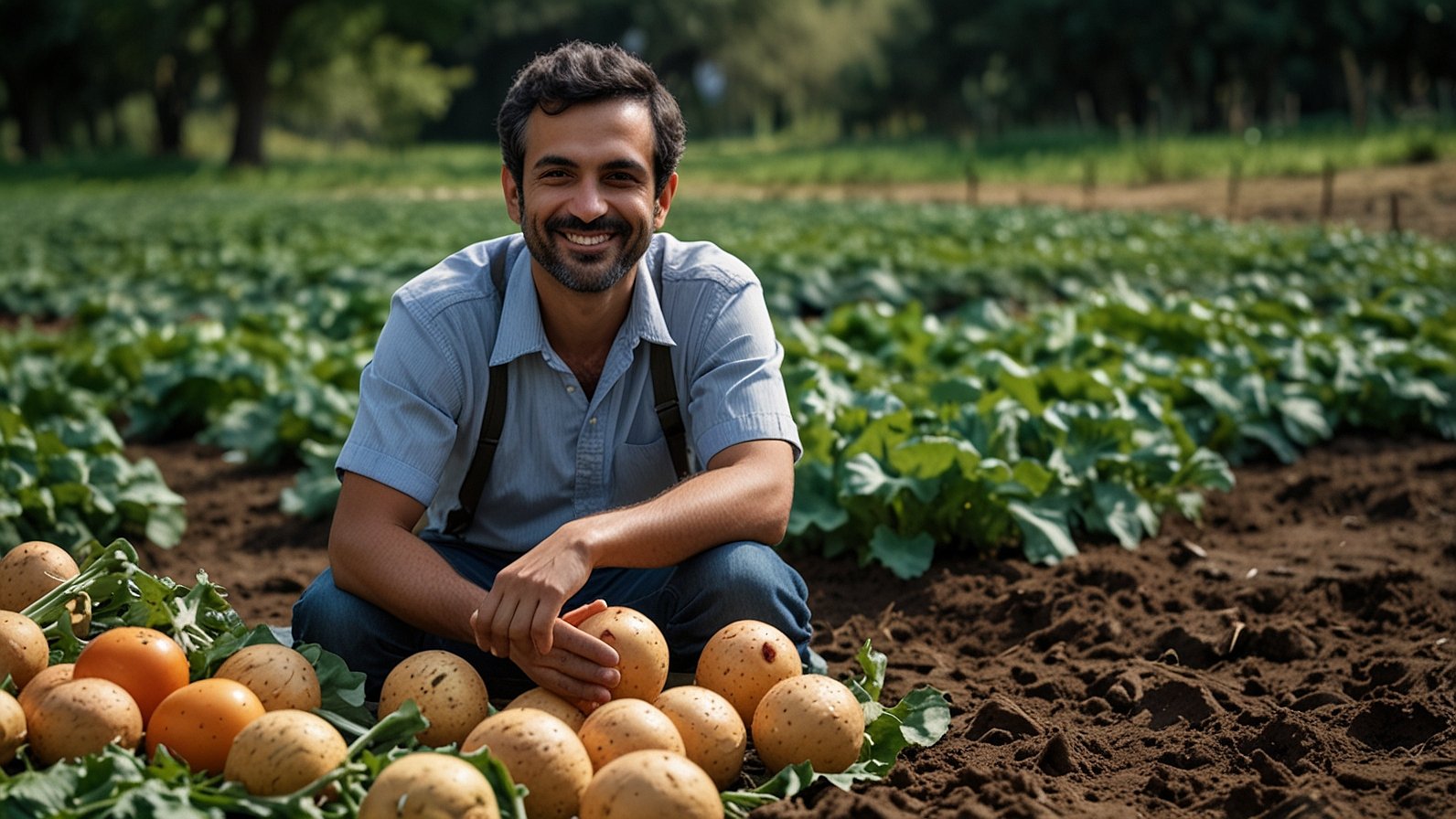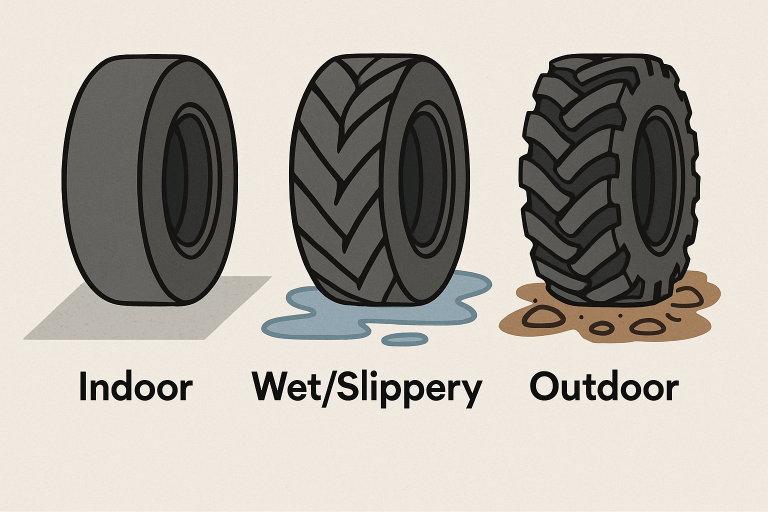Rainy days can be magical for children—splashing in puddles, watching raindrops race down windows, and stomping through wet leaves. But to truly enjoy the rain, kids need the right gear. A child-sized umbrella not only keeps little ones dry but also gives them a sense of independence and fun. The best kids umbrella is more than just a miniature version of an adult umbrella—it should be safe, easy to use, durable, and of course, fun to carry.
Whether you’re a parent, grandparent, or someone looking for a thoughtful gift, choosing the right umbrella for a child involves a few important considerations. Let’s explore what to look for to make sure your little one is ready for the next downpour.
Size and Weight: Fit for Small Hands
Children need umbrellas that are appropriately sized for their age and stature. A bulky or oversized umbrella can be hard to manage, especially in windy conditions. Look for options labeled specifically for kids, typically ranging between 30 to 34 inches in diameter when open.
Lightweight materials like fiberglass or aluminum make it easier for kids to carry and hold their umbrella without strain. For toddlers and preschoolers, go even smaller—around 26 to 28 inches—with a handle that’s easy to grip. As a rule of thumb, if your child can’t open or hold the umbrella comfortably for a few minutes, it’s probably too big.
Tip: If you’re shopping in person, let your child hold the umbrella to see how it feels. Online? Check the product weight and age recommendation in the description.
Safety Features: Built-In Protection

Safety should always come first, especially when you’re handing a stick with spokes to a child. The best umbrella for kids isn’t just about cute designs—it’s also built with safety in mind. Kids umbrellas often include built-in features designed to prevent common injuries and make rainy days stress-free for parents.
- Blunt or Rounded Tips: Prevent pokes and scratches, especially in crowded places like school pick-up lines.
- Pinch-Proof Open/Close Mechanisms: A must-have to protect little fingers from getting caught in the umbrella’s frame when opening or closing.
- Non-Slip Handles: Rubberized or foam-covered handles help kids keep a steady grip, even when their hands are wet.
Bonus: Some umbrellas come with a manual open-and-close system instead of an automatic button, which is actually safer for younger children who might press the release too quickly or unexpectedly.
Durability and Material: Built to Last
Kids aren’t exactly known for their gentle handling of things. So, an umbrella that can stand up to everyday rough-and-tumble is a smart investment.
Look for canopies made from polyester or pongee fabric, which are both water-resistant and tear-resistant. The umbrella frame should be made of flexible, durable materials like fiberglass or reinforced aluminum. Avoid cheap plastic frames—they’re more likely to break or snap under pressure.
Tip: Check reviews or product details to see if the umbrella is wind-resistant. Double-layered canopies and flexible ribs are great features to look for if you live in an especially breezy area.
Fun and Attractive Designs: Make Rainy Days Bright

For kids, aesthetics matter. The more fun the umbrella looks, the more likely they are to use it (without nagging!). Bright colors, animal shapes, favorite cartoon characters, or even umbrellas with ears or 3D features can turn a rainy day into something exciting.
Choosing a design that reflects your child’s personality or interests—like dinosaurs, unicorns, astronauts, or ladybugs—can make them feel proud to carry it. It’s not just about function—it’s about fun, too.
Pro Parent Tip: If your child is walking in a group or using the umbrella at school, a bold or unique design makes it easy to spot their umbrella in a crowd.
Ease of Use: Simple and Intuitive
Kids shouldn’t need help every time it starts to drizzle. Choose umbrellas that are simple enough for them to open and close by themselves. This builds confidence and independence.
Look for:
- Manual open with safety runners (to avoid pinched fingers)
- Large, easy-to-press buttons (if automatic).
- Velcro straps to secure the umbrella when it’s not in use.
- Matching sleeves or cases for easy storage.
Make sure your child can practice using the umbrella at home before they need to use it on their own. Getting familiar with how it works means less frustration when they’re caught in a real rainstorm.
Final Thoughts: Picking the Perfect Umbrella for Your Little One
Choosing the best kids umbrella is about more than just keeping your child dry—it’s about making rainy days a little more joyful, safe, and manageable. When shopping for a child-friendly umbrella, prioritize size, safety, durability, and design. With the right one in hand, your child will be ready to face even the stormiest skies with a smile.
Ready to shop? Keep these features in mind and let your child be part of the process if possible. A little input can go a long way in making sure the umbrella is not just functional, but loved. Rain or shine, your little one will be ready to take on the world—one puddle at a











